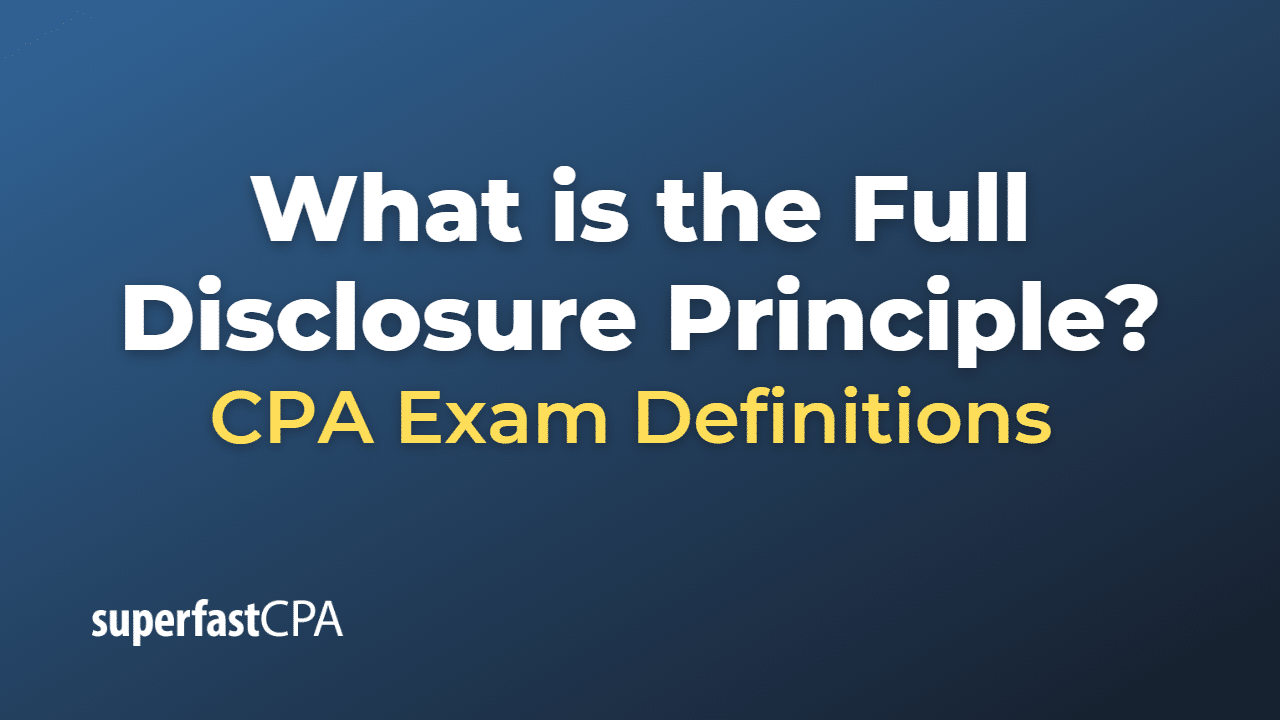
For example, a business might have certain expenses that are paid off (or reduced) over several time periods. If the business will stay operational in the foreseeable future, the company can continue to recognize these long-term expenses over several time periods. Some red flags that a business may no longer be a going concern are defaults on loans or a sequence of losses. Once an asset is recorded on the books, the value of that asset must remain at its historical cost, even if its value in the market changes.
Organization
Supplemental information, on the other hand, is extra information that companies may want to show potential investors. For instance, management might include its own analysis of the financial statements and the company’s financial position in the supplemental information. Under GAAP in the U.S., assets are recorded and reported on the balance sheet at their original cost. Historical cost is objective because an auditor, or anyone for that matter, could observe the receipt for the asset and come up with the same cost, which is, in fact, one of the tests that auditors perform on major assets. As you learned in Role of Accounting in Society, US-based companies will apply US GAAP as created by the FASB, and most international companies will apply IFRS as created by the International Accounting Standards Board (IASB). As illustrated in this chapter, the starting point for either FASB or IASB in creating accounting standards, or principles, is the conceptual framework.
Accounting for Managers
This information is either disclosed in the footnotes of the financial statements or the supplemental information. The financial statement footnotes usually explain the information presented in the body of the financial statements. For instance explanations of lawsuits and contingencies might be mentioned in the notes as well as accounting methods used for inventory.

Great! The Financial Professional Will Get Back To You Soon.
To be free from bias, information must be sufficiently complete to ensure that it validly represents underlying events and conditions. Completeness means disclosing all significant information in a way that aids understanding and does not mislead. Firms can reduce the relevance of information by omitting information that would make a difference to users. For information pertaining to the registration status of 11 Financial, please contact the state securities regulators for those states in which 11 Financial maintains a registration filing.
- Businesses all around the world carry out this process as part of their normal operations.
- The full disclosure principle states that you should include in an entity’s financial statements all information that would affect a reader’s understanding of those statements, such as changes in accounting principles applied.
- The full disclosure principle stands as a cornerstone of modern accounting practices, ensuring that all relevant information is presented to stakeholders.
- An opinion is said to be unqualified when the auditor concludes that the financial statements give a true and fair view in accordance with the financial reporting framework used for the preparation and presentation of the financial statements.
We can illustrate each account type and its corresponding debit and credit effects in the form of an expanded accounting equation. You will learn more about the expanded accounting equation and use it to analyze transactions in Define and Describe the Expanded Accounting Equation and Its Relationship to Analyzing Transactions. The cost principle, also known as the historical cost principle, states that virtually everything the company owns or controls (assets) must be recorded at its value at the date of acquisition. For most assets, this value is easy to determine as it is the price agreed to when buying the asset from the vendor. There are some exceptions to this rule, but always apply the cost principle unless FASB has specifically stated that a different valuation method should be used in a given circumstance.
Full-disclosure principle requires preparers of financial statements to disclose all information relevant to understanding of their financial position and performance in their general-purpose financial statements. Lehman’s usage of ‘Repo 105’ transactions demonstrates how complex financial engineering without transparency can mislead investors. Stakeholders rely on transparent financial reporting to evaluate genuine company standings and strategic decisions.
When the FASB creates accounting standards and any subsequent clarifications or guidance, it only has to consider the effects of those standards, clarifications, or guidance on US-based companies. This means that interpretation and guidance on US GAAP standards can often contain specific details and guidelines in order to help align the accounting process with legal matters and tax laws. It’s not always that only the monetary transaction impacts the organization and other stakeholders.
In the banking sector, full disclosure is exemplified by the detailed breakdown of loan portfolios. Banks like JPMorgan Chase offer insights into the composition of their loan books, including the types of loans, geographic distribution, and credit quality. This information is crucial for assessing the bank’s exposure to different economic sectors and regions, what is a business tax receipt thereby enabling a more nuanced evaluation of its financial stability. This principle not only fosters trust but also aids investors and regulators in making informed decisions. Full Disclosure Principle simply means disclosing all information required by an accounting standard, and the best way to check this is going to the specific standard.